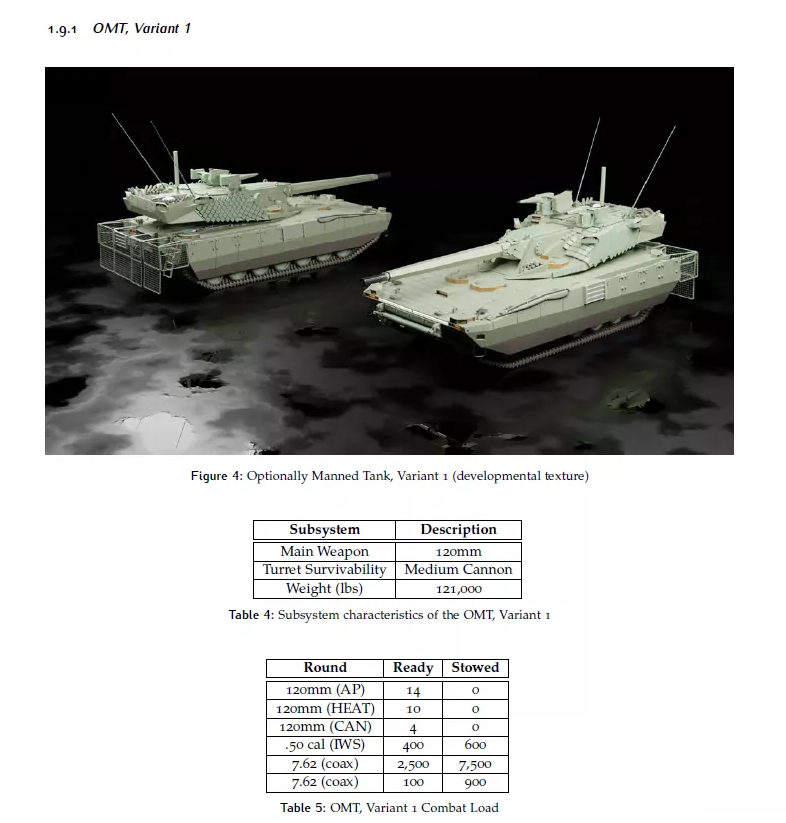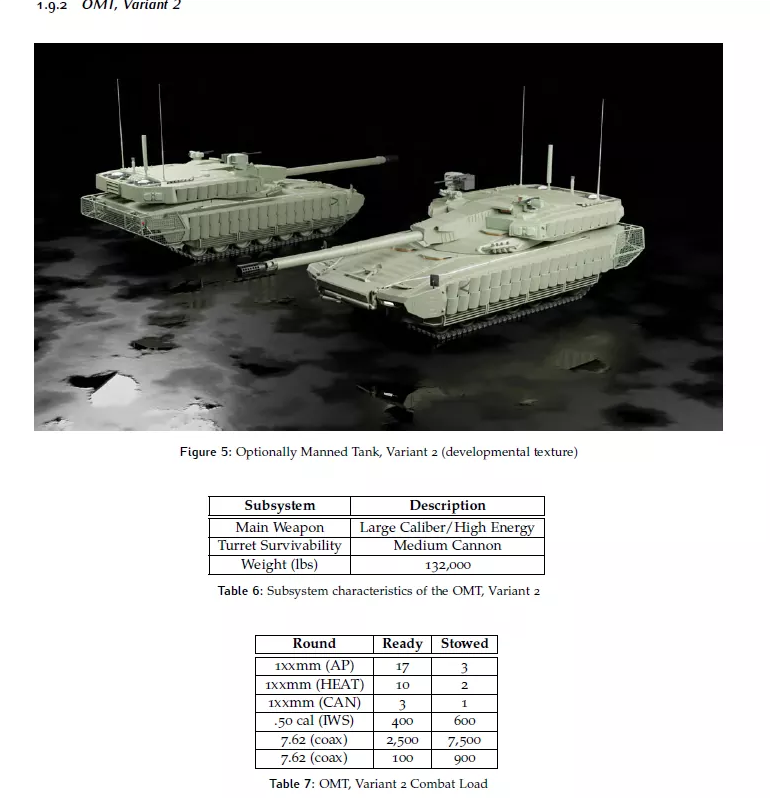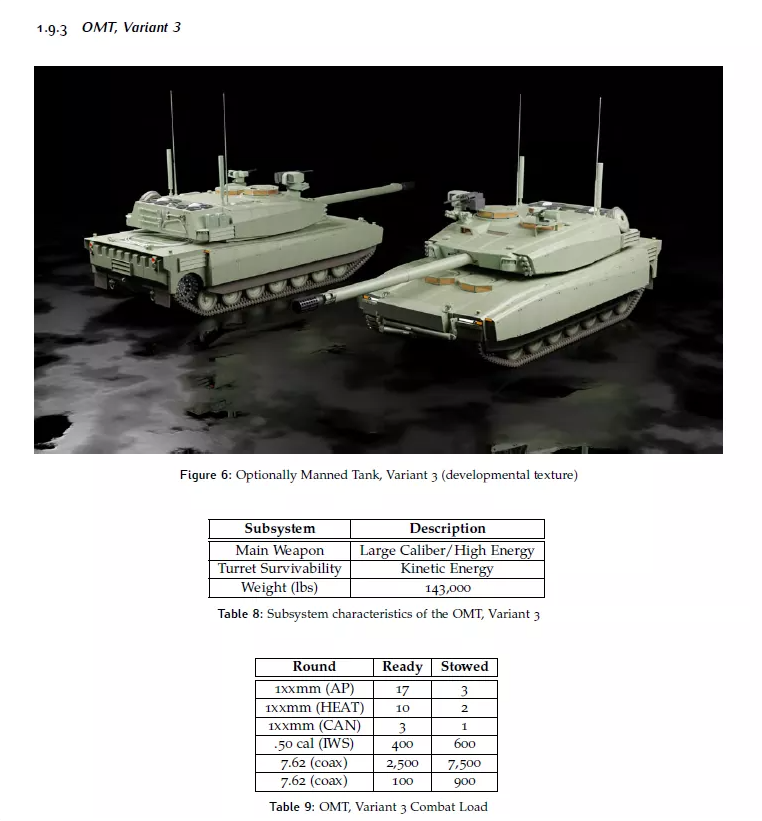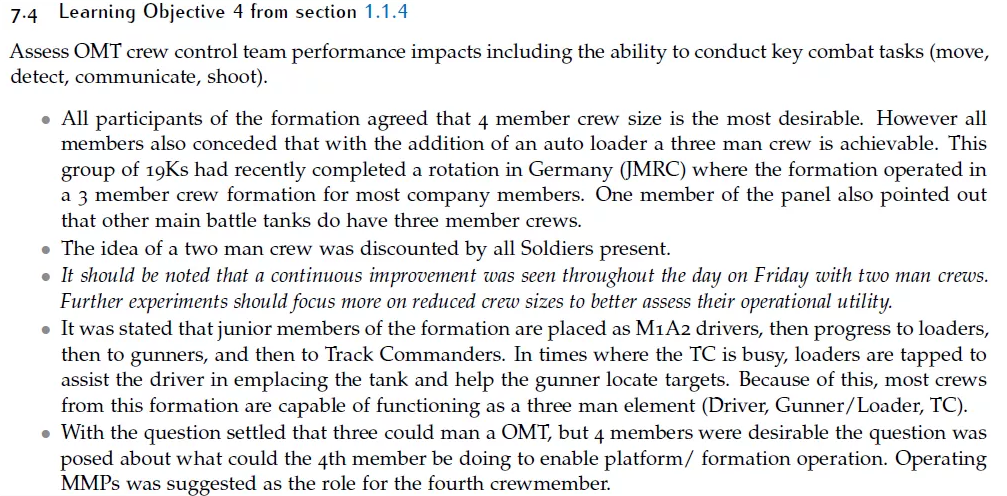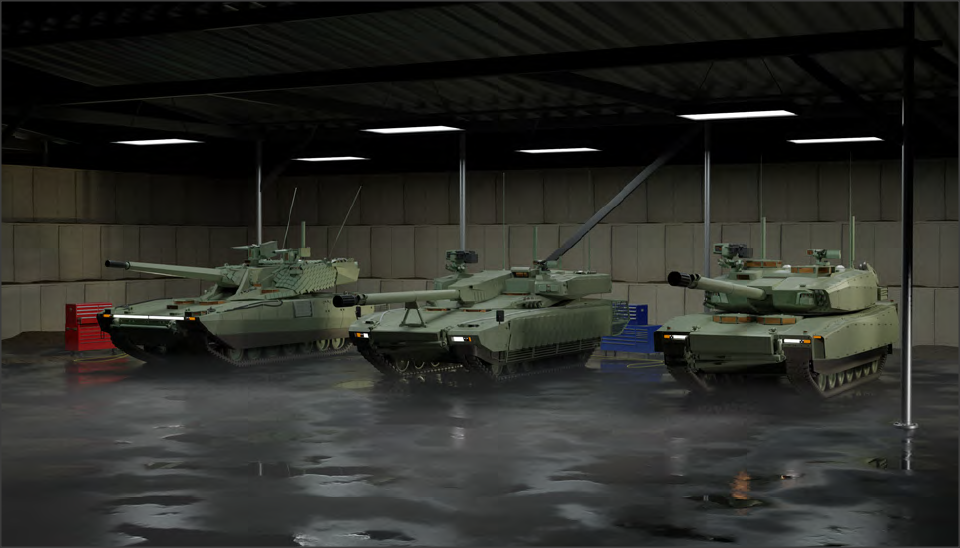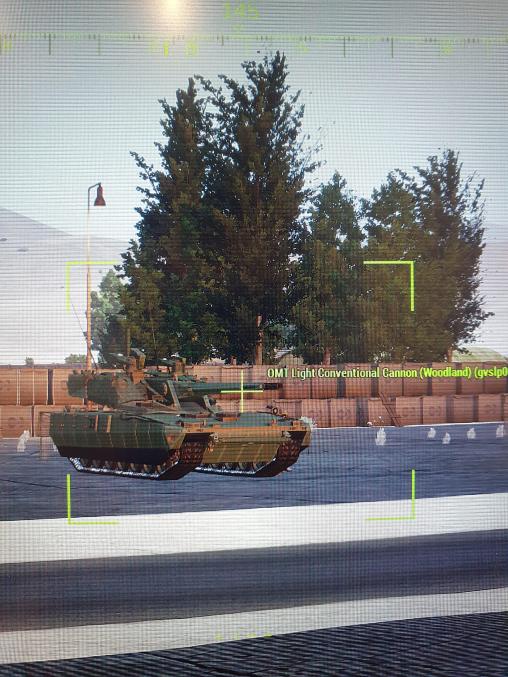Soldiers participate in live-fire gunnery qualification training at the Orchard Combat Training Center in Idaho, Feb.14, 2019. (U.S. Defense Department photo)
Armored tanks dominated the theater of war from the Battle of Kursk to Desert Storm and helped define combat in the 20th century.
But the mighty tank’s place in the battles of tomorrow isn’t entirely clear. Specialists argue that the changing nature of war could limit tanks’ effectiveness and mean a major demotion in how they are fielded in the face of more effective rocket fire, advanced radar systems that make it easier to spot and target the vehicles, and the proliferation of small, deadly drones that can rain destruction on armored columns.
Researchers stress that storied ground vehicles such as the M1A1 Abrams and the Leopard 2, along with models on the production line that stem from the Army’s groundbreaking “Next-Generation Combat Vehicle” program, will by no means disappear from the military landscape.
It has become evident, however, that the once-impregnable traditional tank has become vulnerable and that its future hinges on how military leaders and vehicle manufacturers adapt.
For tank skeptics, one of the world’s hottest war zones is providing fresh ammunition for their argument.
Military strategists are closely watching the Nagorno-Karabakh clash between Armenia and Azerbaijan. In barely three weeks of fighting, the Armenians have lost an estimated 80 battle tanks and its military claims to have destroyed more than 100 Azerbaijani armored vehicles.
Each side denies those figures, though videos posted on social media seem to confirm that tanks have suffered badly in the fight, largely because of the widespread availability of drones and other technologies that have proved effective at eliminating them or at least halting their advance.
In another sign of the times, the Marine Corps this year divested itself of its last three active tank battalions, ceding heavy ground armor capability entirely to the Army. Marine Commandant Gen. David H. Berger said in March that tanks are “operationally unsuitable” for the Corps’ main new mission: confronting “near peer” adversaries such as China, defending ships at sea and securing military control of contested coastlines.
But specialists say deeper issues are involved, including the fact that many militaries have failed to invest in defensive systems that could enhance the value of tanks on technologically advanced battlefields.
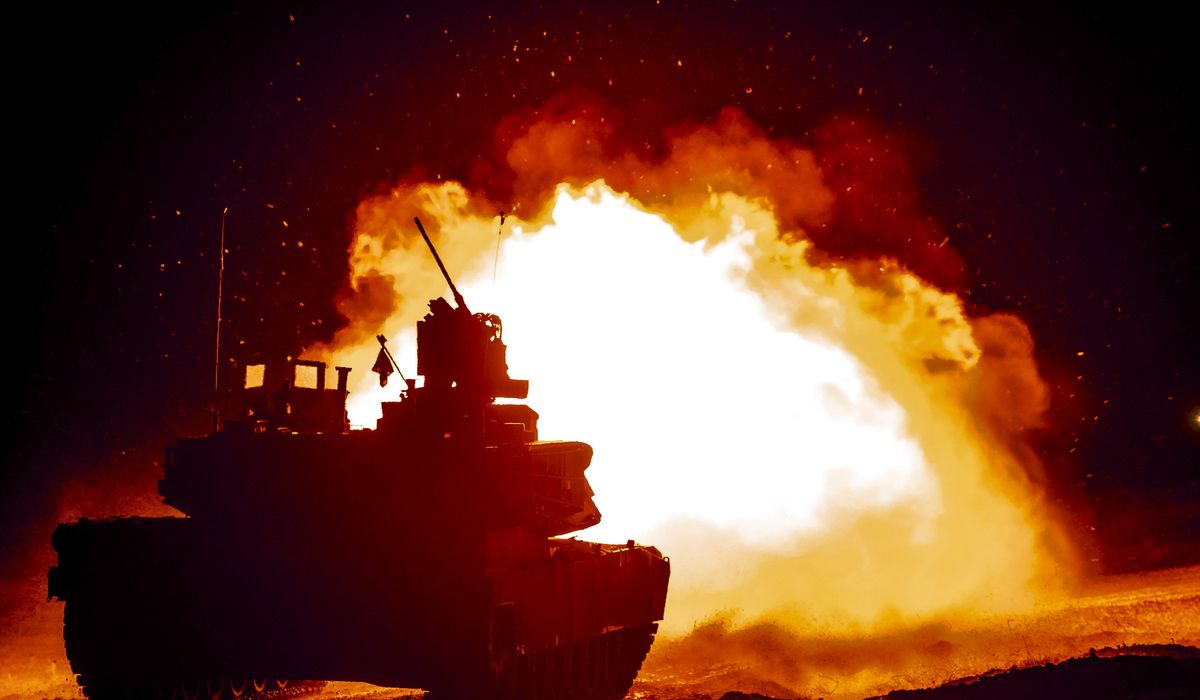
U.S. Army eyes next-generation vehicle to dominate the battlespace: The drone tank
Army leaders have fast-tracked a next-generation tank program that is expected to produce huge leaps in survivability and maneuverability, along with perhaps the most widely anticipated advancement: vehicles that are “optionally manned.”



